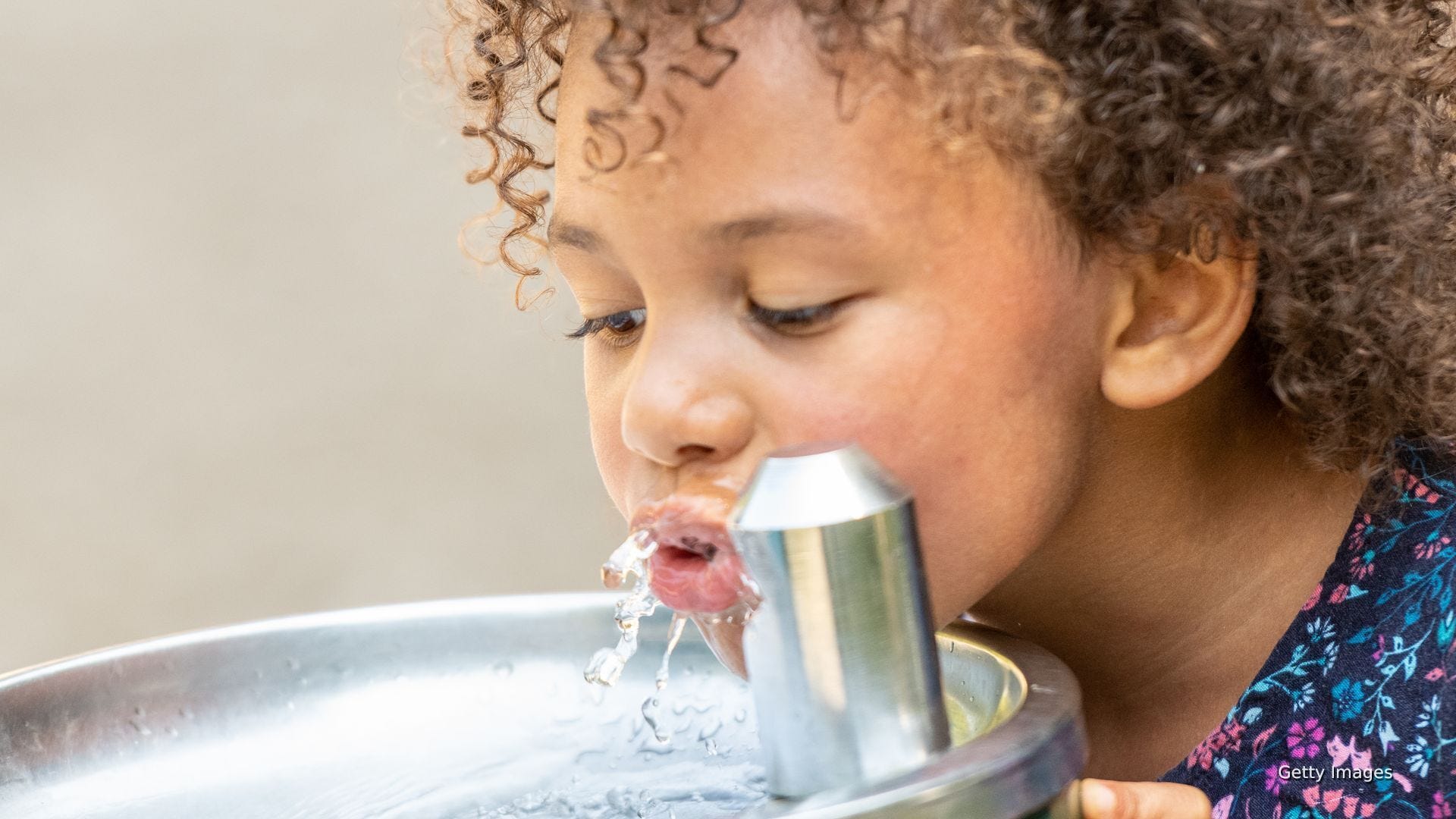Fluoride in the water? Like RFK Jr., Lancaster historically has said no

LANCASTER — With Robert F. Kennedy Jr. as the Department of Health and Human Services Secretary, will we see changes to the use of fluoride in water systems?
Under the "Make American Healthy Again" movement, several bans have been discussed such as antidepressants, vaccines, fluoride and more.
Before President Donald Trump's term began, Kennedy posted on X, formerly known as Twitter, that “On January 20, the Trump White House will advise all U.S. water systems to remove fluoride from public water." Kennedy has made claims that fluoride is linked to a variety of medical conditions, such as cancer, IQ loss and neurodevelopmental disorders, despite studies proving the amounts of fluoride in U.S water systems are safe.
Lancaster does not put fluoride in its water systems but surrounding cities, such as Pickerington and Canal Winchester, do. So, what does Kennedy's new role in the government mean when it comes to fluoride treatment in water?
Drinking water is regulated at a local level, so this limits Kennedy's power on whether or not it will be removed on a country-wide scale. However, his influence could affect decisions made at a local level.
History of fluoridation in the United States
Fluoride is a naturally occurring element that has been used to prevent cavities and tooth decay by the late 1930s. The United States began fluoridation in 1945 with Grand Rapids, Michigan being the first city to start adding fluoride in its water.
In 1962, the United States Public Health Service recommended public water supplies to have between 0.7 and 1.2 milligrams per liter. In 2015, it was adjusted to 0.7 milligrams of fluoride per liter to account for the fact that toothpaste and other sources now contain fluoride, according to the American Cancer Society Website.
Fluoridation has been endorsed by the American Dental Association, the American Academy of Pediatrics and the Centers for Disease Control and Prevention have endorsed water fluoridation.
Lancaster's history with the fluoride debate
Adding fluoride to Lancaster's drinking water has been discussed and voted on several times throughout the last several decades.
In 1970, it was voted on and did not pass. Then, in 1983, Mayor Ken Mace vetoed legislation that would have put fluoride in the city's drinking water. The issue was discussed again in 2003 when it was voted 5-4 against fluoridation.
In 2003, one councilman, Robert Harvey, said "I don't think we are qualified to decide for the public what is best for them," according to the Eagle-Gazette article archives.
The issue then ended up on the ballot in 2004 for the public to decide after a 6-3 City Council vote.
There were several arguments made in 2003 and 2004. One argument was that over 90 percent of Ohio had fluoridated water, and it was scientifically proven to be safe. One community member made the argument that cigarettes once were considered to be safe, so how can we trust that fluoride is safe?
A local dentist, Dr. Anthony DiNapoli, said during his time in Lancaster, it was easy to tell who was a Lancaster native by the amount of tooth decay and cavities, according to the Eagle-Gazette article archives.
The issue of adding fluoride to Lancaster's drinking water did not pass on the 2004 November ballot, and it has continued to remain that way.
With the 8.4 million gallons of water Lancaster produces each day, it goes through the process of descaling through nanofiltration membranes, which softens the water by taking out iron and manganese, according to the Lancaster Division of Water.
Lancaster does add other chemicals to the city's drinking water such as chlorine to oxidize iron and manganese and disinfect the water, polyphosphates to prevent lead and copper, and antiscalants to reduce calcium from oxidation, and sodium hypochlorite, according to the Lancaster Division of Water.
Lancaster Division of Water confirmed they do not, and have not, added fluoride to the drinking water.
Fluoridation under the Trump Administration
Although Lancaster doesn't have fluoride in its water, nearby cities such as Canal Winchester and Pickerington do.
According to Pickerington's Consumer Confidence Report for 2023, there was 1.07 parts per million (ppm) of fluoride in their drinking water. The EPA sets the Maximum Contaminant Level (MCL), which is 4 ppm for fluoride.
The City of Canal Winchester spends an average of $4,340 per year to add fluoride to its drinking water which is less than $12 per day, according to Canal Winchester's water department superintendent, Chris Hartung.
According to Canal Winchester's annual Consumer Confidence Report for 2023, they had .99 ppm of fluoride in its drinking water.
"The Ohio EPA regulates fluoridation at all public water systems in Ohio, although it is possible to become exempt of these regulations through a local referendum," said Hartung.
If the Ohio EPA directs Canal Winchester, or other cities, to stop adding fluoride to the water, Hartung said zero complications, from an operations standpoint, would arise.
So far, no formal orders on fluoridation have been made since Kennedy has been sworn in.